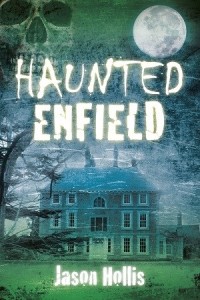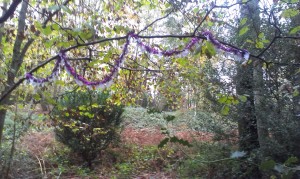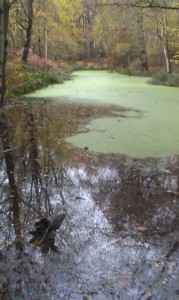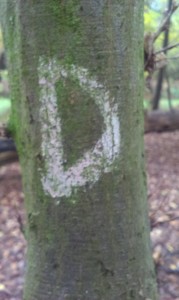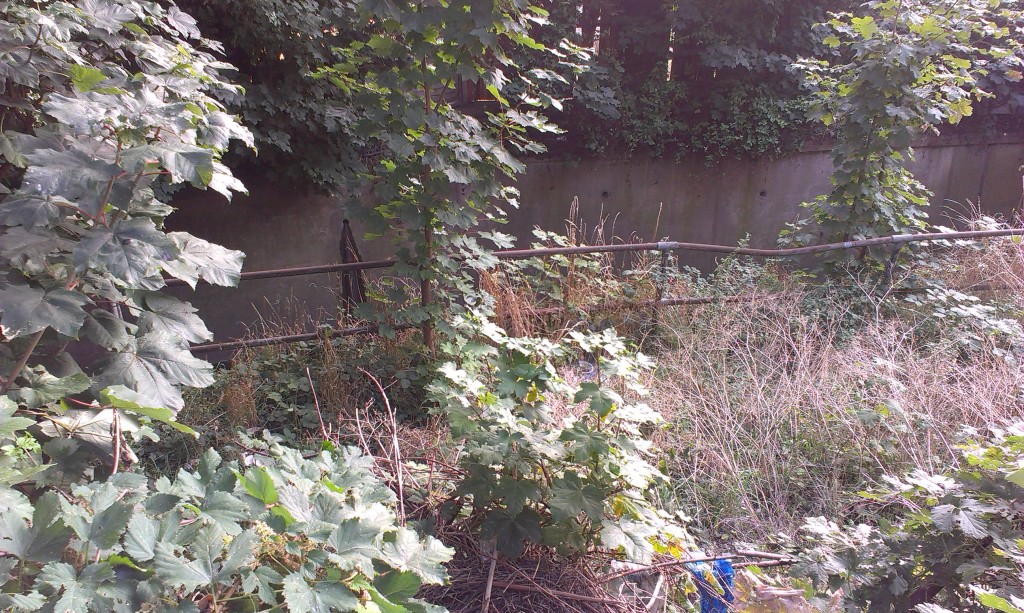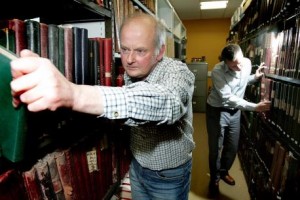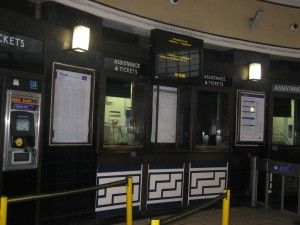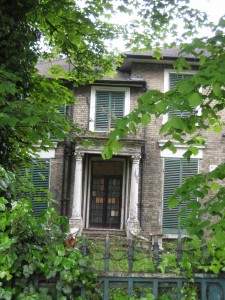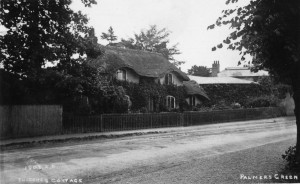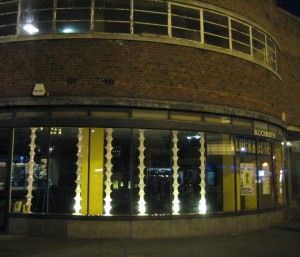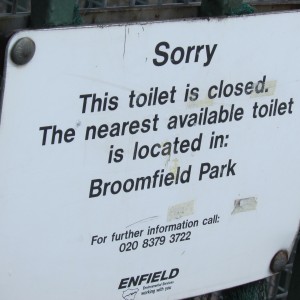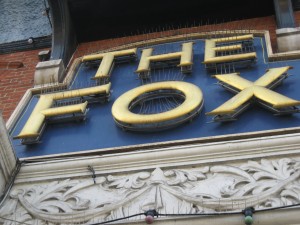
These are tough times for pubs. This week we learned that the Carlton Tavern in Kilburn was knocked down without warning and without planning permission – and apparently also without warning the incumbent landlady, who was told that it would be closed that day for an ‘inventory’.
Meanwhile, up in Winchmore Hill, the Green Dragon was boarded up early this year, only to be reopened in March as a ‘bargain shop’. Its long-term future as a pub, and as a landmark building, seems uncertain.
Not everyone is a pub goer, so why do we care so much? Perhaps it’s because whatever our personal habits, pubs are an important part of our streetscape, an old friend, something intrinsic to area’s bone structure and community. They are often the oldest buildings for miles, the ones with deep, tangible history. We’d like to be able to go in them even if we don’t (which of course is part of the problem).
Here in Palmers Green there were rumours last year that The Fox was about to close, thankfully firmly quashed by landlord Joe Murray. But what if the Fox were to be threatened in the future?
Following concerns, a group of local residents and community groups (including local councillors, this website, Palmers Green Community, Jaywalks, the Southgate District Civic Trust, and the Catanians) has been working on an application for the pub to be recognised as an Asset of Community Value under the Localism Act. The application was formally submitted to Enfield Council by Southgate District Civic Trust this week.
If successful, the application frankly gives scant protection for the Fox, but it does mean that if the building were ever to be sold, SCDT would need to be informed, and the community would be given time to come up with a counter bid for the premises.
Anyone fancy an historic pub with extensive grounds? Perhaps not, but it means that if The Fox were ever threatened, developers should be under no illusion that they would have an easy ride from the community.
The main text of the application is below.
- If you think there are other important buildings which should be protected as an Asset of Community Value in Palmers Green, please contact Southgate District Civic Trust. For more about Assets in Enfield and the application process visit http://www.enfield.gov.uk/info/1000000236/property/2756/assets_of_community_value
The Fox stands in a prominent position on the corner of Green Lanes and its namesake, Fox Lane. Tall and imposing, for those coming to Palmers Green from the north, it acts as a gateway into Palmers Green’s main shopping area.
The Fox has a number of accolades. It is the oldest remaining pub in Palmers Green to have continuously stood on the same site – there has been a Fox on the site for over 300 years. It is also the only purpose-built public house still remaining open on the main route between Wood Green and some way north of Winchmore Hill, the others being shop conversions with little architectural or historical merit.
The current building, of 1904, was built as part and parcel of the Edwardian development of Palmers Green. The size and grandeur of the building is a reminder that Palmers Green was once a place of enough significance to require a hotel and associated dining for travellers. Before the coming of the car, the Fox was the terminus of the horse-drawn bus service into London, run by the Davey family of publicans who had stables at the back. Once the trams came, it was a major landmark on the journey from London. All taxi drivers still know the Fox.
The Fox, then, holds a position of huge cultural significance in an area which tends to think of itself as having a short past. It is a well-loved landmark and social hub. If Palmers Green were ever to lose its landmark pub, and this landmark building, it would lose part of itself.
As a former bus and train terminus, and a hotel, the Fox has always been at the centre of Palmers Green’s social and community life. June Brown, Dot Cotton from Eastenders, ran her theatre company from it, bands, including big names like Geno Washington and the Ram Jam Band, have played in it, famous comedians perform in it to this day, and the famous have drunk in it – locals like Rob Stewart and Ted Ray and visitors including the famous names who trod the boards at the Intimate Theatre.
Today, as the only remaining live performance venue in Palmers Green, the Fox host a monthly comedy night attracting top Perrier nominated comedians. It hosts a community cinema, Talkies, desperately needed now that there are no cinemas for several miles. It hosts exercise and dance classes, and until recently bands and Irish music. As the only town centre room-for-hire, it has hosted wedding receptions, christenings, parties and bar mitzvahs, giving it a special place in many local people’s personal histories.
The loss of the Fox, in its current form as a public house, would leave the community impoverished; the loss of the building itself would take something beloved and iconic for local people.
For this reason, we wish to make an application for the Fox to be recognised as an Asset of Community Value, so that, should it ever be threatened, it will be clear that this is a both building and social hub valued in the local area, and that local people might have some kind of option to intervene.
